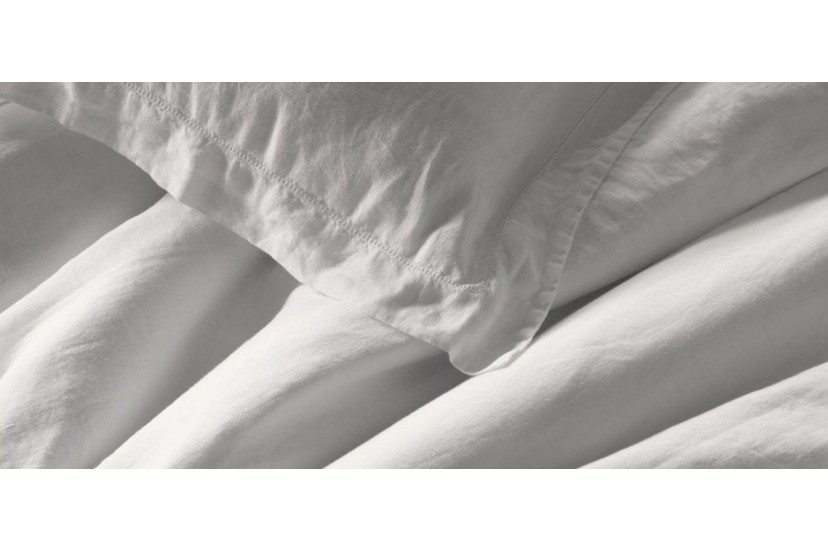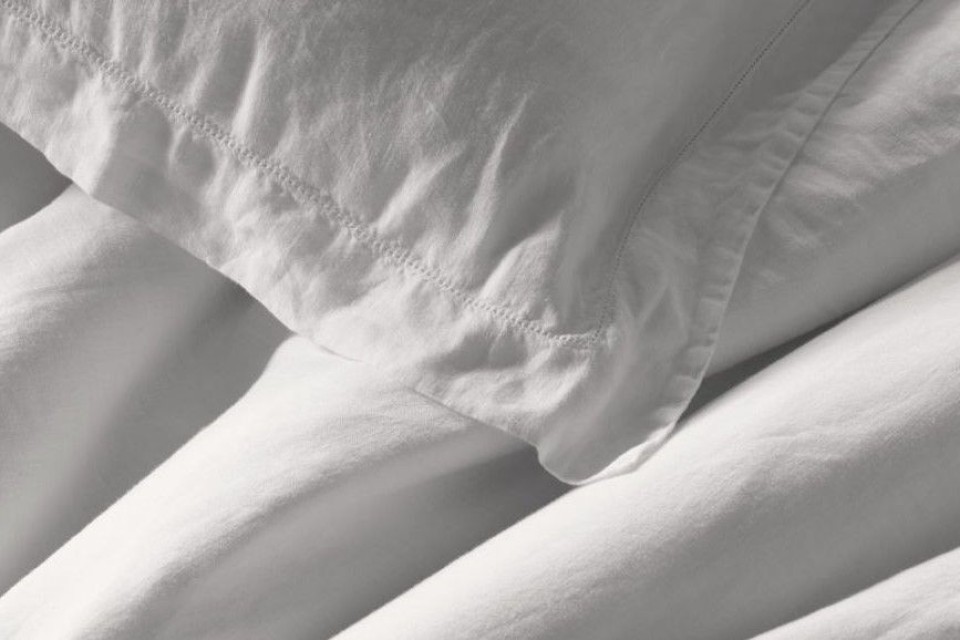Businesses that are conscious about the environment, as we all should be, are racking their brains trying to figure out ways of reducing their waste. Their water usage. Their carbon footprint in general.
Other businesses have been doing our part for a very long time.
More than we realise.
Linen has been used for a very long time
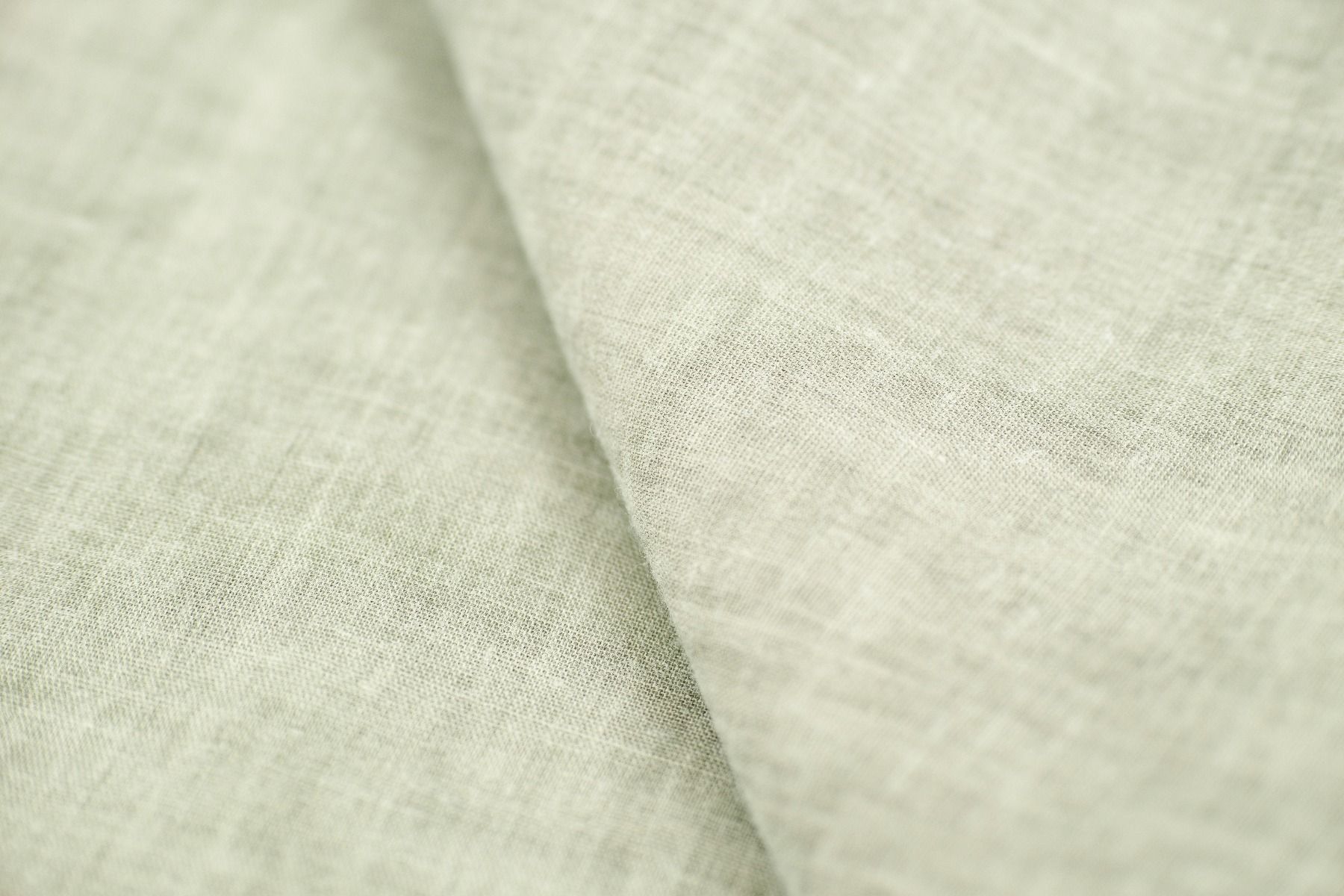
We have written about the history of linen. It's been a part of our society for a very long time. Dyed flax fibres have been found in prehistoric caves in Georgia, showing evidence that woven linen fabrics from wild flax have been used for more than 36,000 years. And some fragments of straw, seeds, fibres, yarns, and various types of fabrics are even more ancient. They've been dated back to 8000 BC. And, of course, this is to say nothing of Ancient Egypt, where it was used for mummification and burial shrouds. Linen's whiteness and brightness were taken to symbolize light and purity. Linen was so valued in those times that it was even used as currency.
This ancient and storied history indicates something that may not occur immediately: linen production predates the industrial revolution by literal millennia. This means that linen can and will grow, and be treated, without recourse to heavy and pollutant machinery.
Linen takes work
The flax plant requires a lot of attention during cultivation. The use of industrial machinery isn't ideal for high-quality linen, for it will harm the flax plants and create subpar fabrics. If you want the very best (which we do), then we have to understand that it will be laborious. 80% of the world's linen is produced in Europe, under strict EU regulations.
The flax plant is ten times longer under the ground than it is tall and they require 600 mm of water for 100 days to grow properly. To achieve proper growth, not only do you need the perfect climate, but you also need the perfect soil and a very specific body of knowledge about these plants that can't be mechanised or exported.
Flax plants needn't be watered
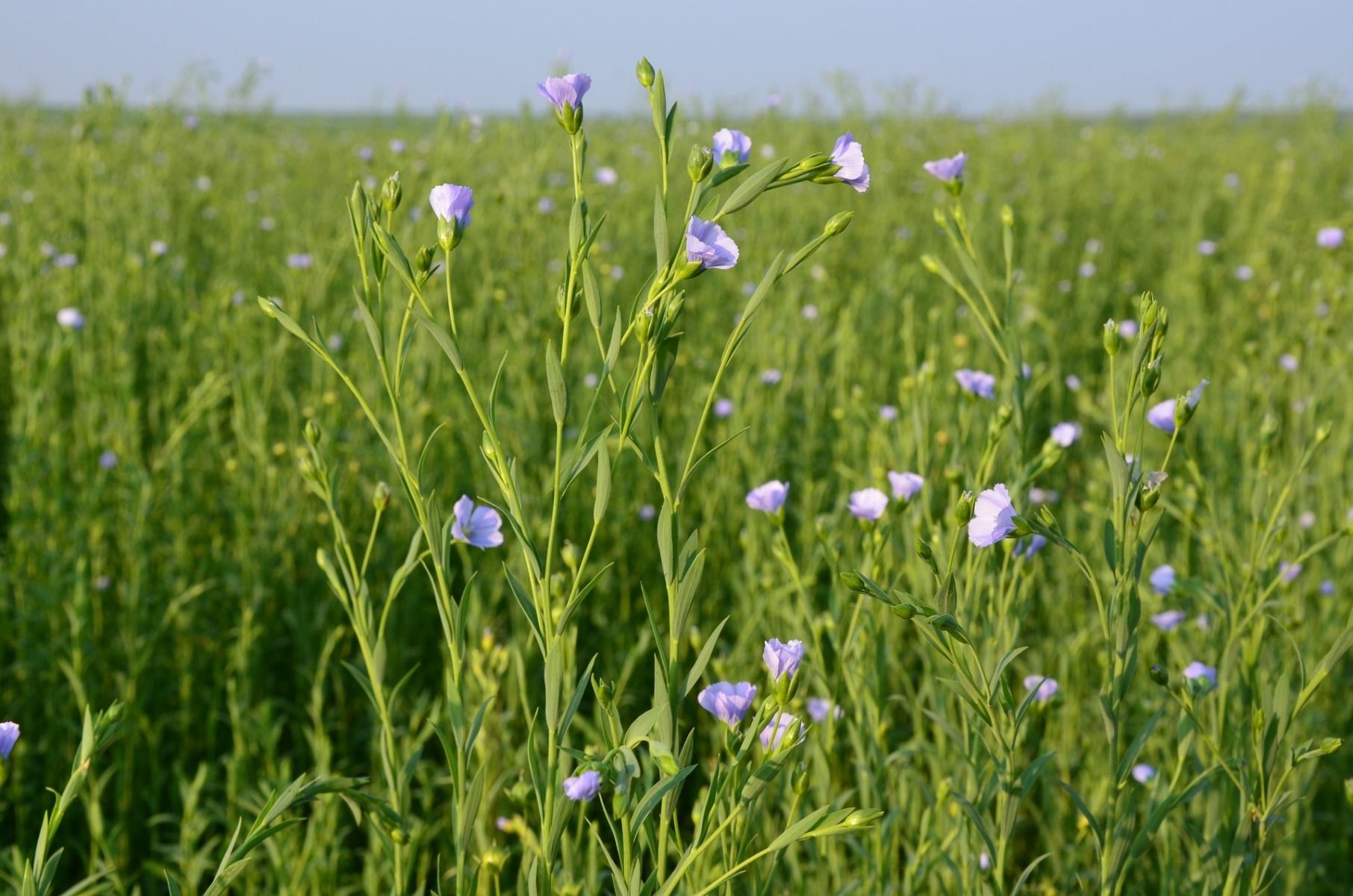
What this means is that you can't grow linen anywhere. You have to grow it in the extremely specific geo-climatic conditions of northern France, Belgium and the Netherlands.
What it also means is that producing linen doesn't necessitate irrigation.
Flax farming has a minimum environmental footprint, and it is being studied in universities and R&D departments all over the world due to not only its biomechanical qualities but also its sustainability.
Linen separates itself
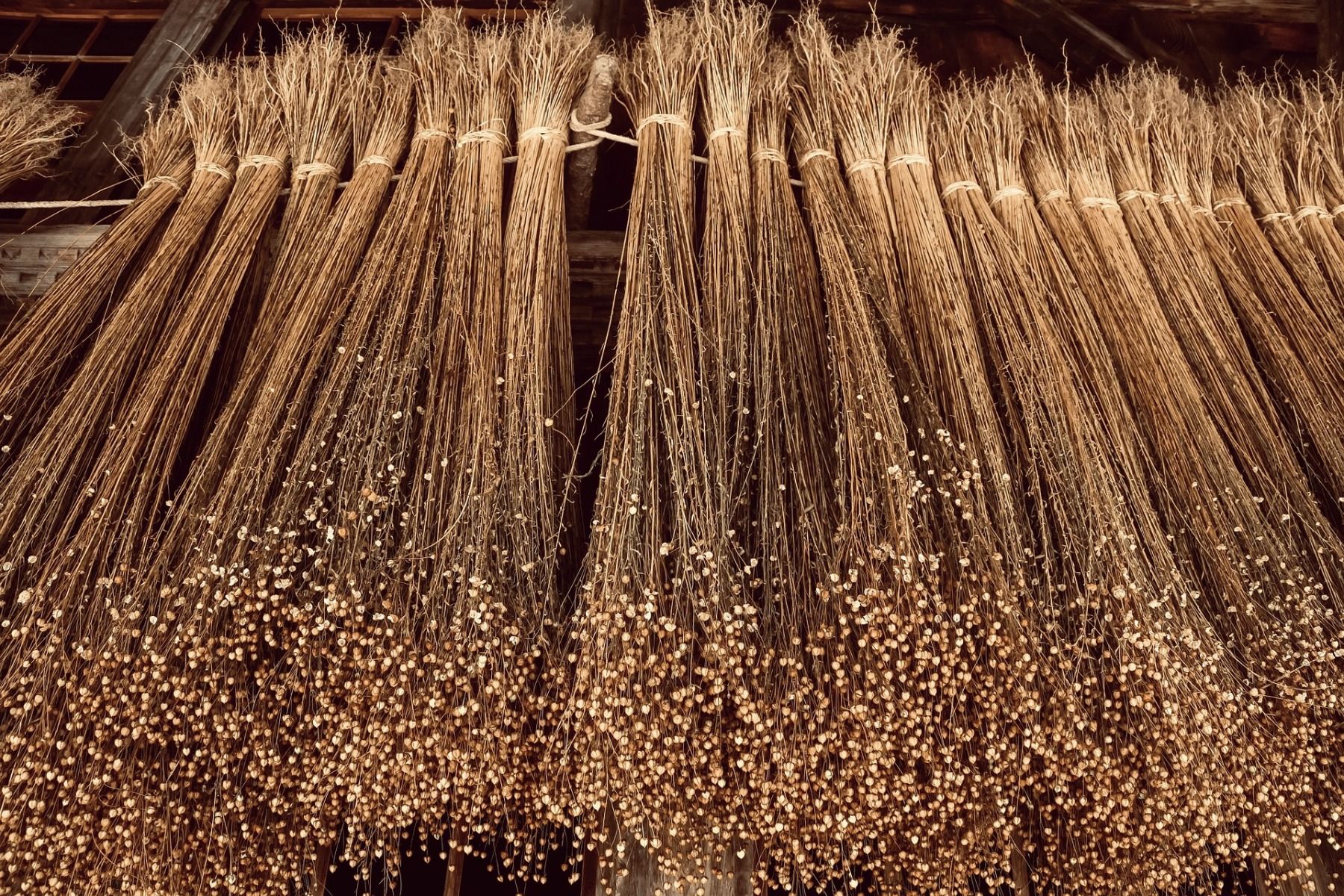
This process is called retting, and it's been done entirely naturally since the 1950s. What you want to do is separate flax fibres from the inner core and the outer epidermis of the flax stalks. This is a chemical process. There are chemicals called pectins that keep all of these parts of the plant together.
But you don't need chemicals to do any of this.
What farmers figured out is that if you leave the plants well enough alone (after being pulled, of course), and leave them in the fields, the effect of the rain and the soil on the plant will be sufficient. All the farmers need to do is turn them when they are ready. The timing of this is what separates good flax farmers from the great.
Flax keeps for a very long time
Once retting is completed, swathes can be rolled up into balls and stored. What kind of preservatives do they need to be kept in storage until factories are ready to process them into linen?
Flax doesn't need a lot of space
The final issue we are going to be discussing regarding the sustainability of flax is how very little space it takes to grow it. The fact that 80% of global production happens in such a small geographical area should have been our first clue, but the truth is that even then, flax takes up remarkably little space. It is estimated that one acre of land produces about 14.1 bushels of flax, which is remarkably little.
So, in summation:
Flax doesn't require irrigation.
Flax doesn't require the usage of chemicals to separate the fibres.
Flax doesn't require preservatives
Flax takes up very little agricultural space.
This truly makes it one of the most wondrous raw materials in the world. At Senseslinen, we make it a point to only use truly remarkable raw materials, and we are very proud of our linen, which is some of the finest on the planet.
You should visit our online store right now to see the diverse and rich offering we have of the most finely crafted linen products on the market.



